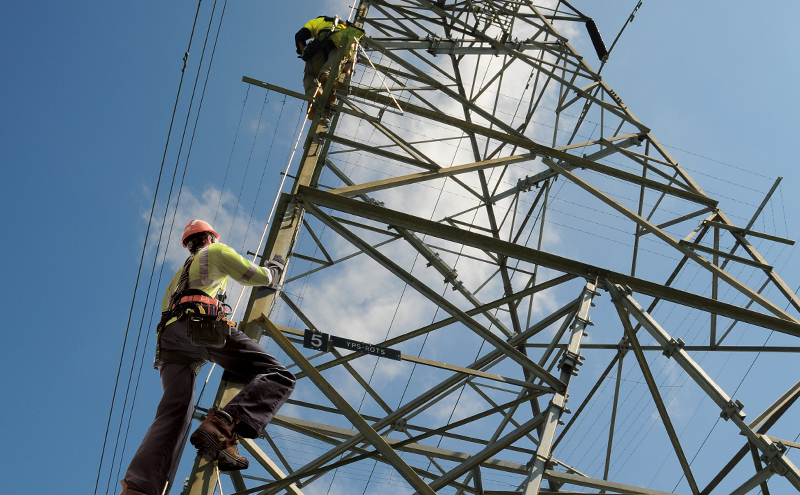
SPECIALIST safety manufacturer MSA Safety has welcomed the tightening of fall protection testing standards to better reflect real-life usage.
The global safety company, which acquired UK fall protection manufacturer Latchways in 2015, is said to have been “instrumental” in changing EN 353-1:2014 test standards to the revised EN 353-1:2018 (referred to in the UK specifically as EN 353-1:2014+A1:2017).
Tim Bissett, technical manager for fall protection at MSA Safety told Project Scotland, “The original standard – the 2002 version – wasn’t considered adequate to satisfy the health and safety requirements of the PPE Directive, as it was at that time.
“The standard was subsequently revised to the 2014 standard. It then transpired that while carrying out testing to the 2014 standard, we noticed a test that was originally only supposed to be a cold conditioning test but ended up being a cold and wet conditioning test. This editorial error was the driver behind revising the standard.
“As well as carrying out standard dynamic performance and function tests within the amended standard, MSA Safety tested its vertical systems beyond standard requirements, achieving certification for two users in the weight range of 50 to 150 kg. Or, alternatively, a total weight of 300 kg where one energy absorber is in use at the top anchor.
“In instances where two energy absorbers are fitted, systems are also certified for four users in the weight range of 50 to 150 kg. Or, alternatively, a total weight of 600 kg. In the case of the MSA Latchways TowerLatch system – where the energy absorber is within the fall arrester device itself – systems are rated for four users in the weight range of 50 to 150 kg, or a total weight of 600 kg.”
This, according to MSA Safety, is more reflective of the real-life use of guided type fall arrestors, where users carry kit that contributes to an increased load.
MSA’s Latchways vertical system has subsequently always met or exceeded regulations in terms of weight permitted and has remained the same since the 2002 standard.
Tim continued, “In the 2014 version of the standard, a number of tests were introduced that addressed more than just falling downwards. If a user is on a ladder, for instance, they may fall backwards before they fall downwards. Therefore, a number of different dynamic function tests were introduced which covered the larger user mass.
“The original version of the standard covered dynamic performance of the statutory 100 kg, which is still the test mass for the dynamic performance test. Tests covering dynamic function in the later version of the standard use minimum and maximum rated loads, as specified by the manufacturer. Additionally, an ergonomic function test checks the function of the system during ascent and descent by the user. In MSA’s case, we were looking at 150 kg. While the person themselves may not weigh 150 kg, it’s important to account for the equipment that they may be carrying or wearing.”
Tim called the MSA Latchways system a “well-recognised system for vertical applications”.
“I think we have a good reputation; it is installed in all sorts of vertical applications, not just in the UK but throughout the world, so that could be telecommunications, power transmission, wind turbines, both onshore and offshore. I feel the product has stood the test of time.
“That said, we are a company that does invest in product development. We are always looking to see where products could be improved or enhanced in any way, obviously with the safety of the user at the forefront of all that.”
Tim encouraged specifiers to focus on product performance, materials, robustness and ease of use when providing equipment. He also emphasised the importance of future proofing equipment against potential changes to standards.
He added, “I think that having good legislation in place is key to what we do here in the UK. For example, the Working at Height regulations, but associated with that is also asset owners being responsible for the safety of their workers. This includes ensuring that their workforce has received all necessary training and are competent and comfortable using safety equipment.”








